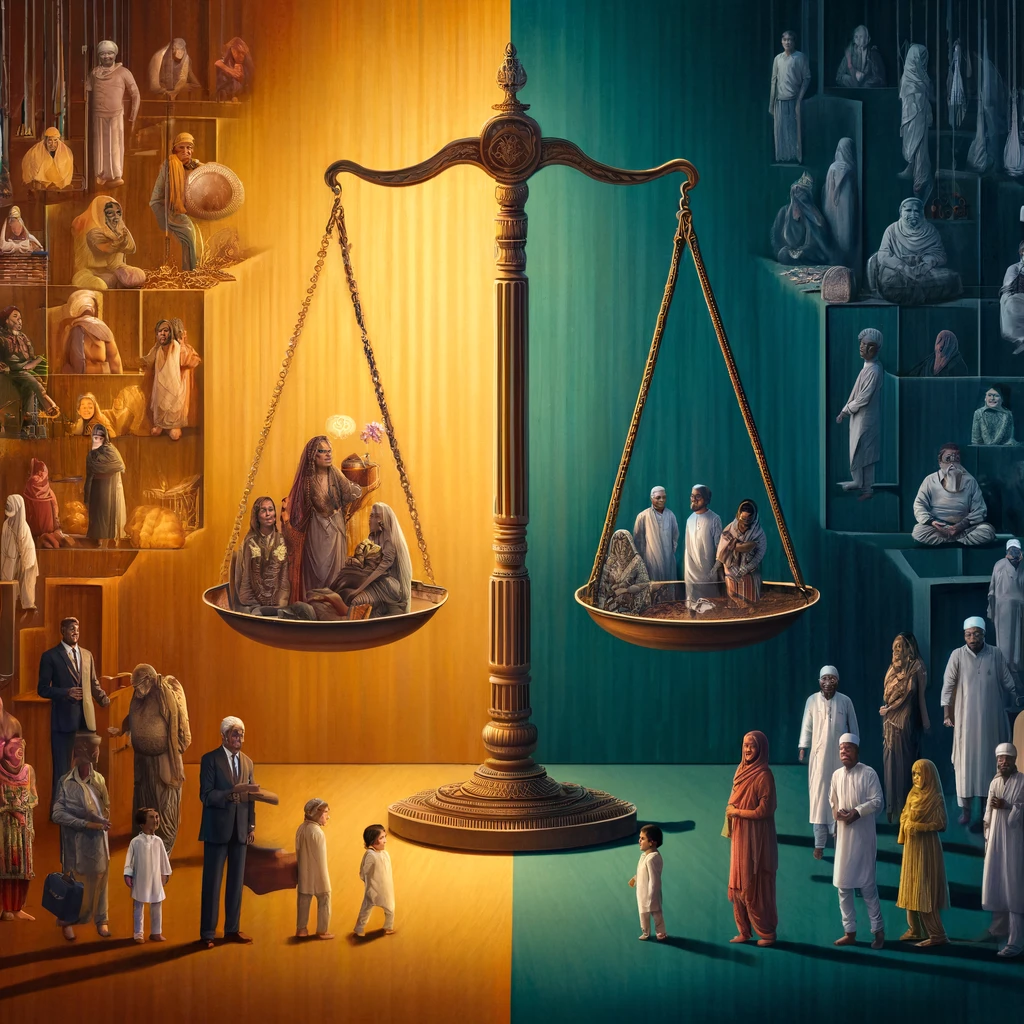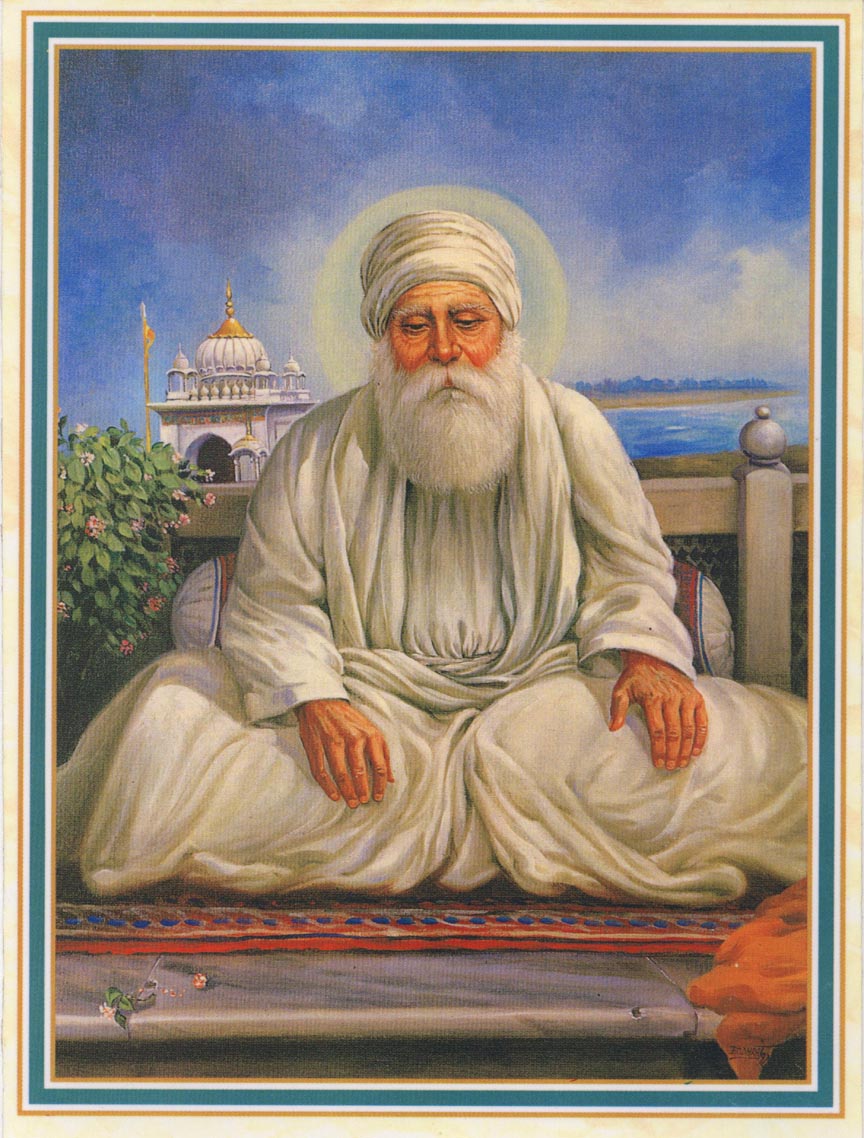This-Day 5 May 2024 Sunday
This-Day 5 May Sam Vikram: Purnimanta Mass: Vaisakha Paksha: Tithi: Krishna Paksha Dwadashi – May 04 08:39 PM – May 05 05:42 PM, let us have a quick look of the events and anniversaries of India and the world
 Panchang /
Panchang /
Shaka Samvat: 1946
Purnimanta: Vaisakha
Tithi: Krishna Paksha Dwadashi – May 04 08:39 PM – May 05 05:42 PM
This-Day
Festivals Today: Pradosh Vrat
Festials Tomorrow: Maas Shivaraatri
Day Today: Vesak, the Day of the Full Moon (A/RES/54/115)
Day Tomorrow: ”
Yoga: Vaidhruthi – May 04 11:03 AM – May 05 07:36 AM
Karana: Kaulava – May 04 08:39 PM – May 05 07:11 AM
Sunrise: 5:40
Sunset: 18:54
Moonrise: 3:35
Moonset: 16:03
Information Source: https://www.prokerala.com/
Today / आज
Independence Fighters sacrificed- At Least: 4
Major Historical Events
History in Brief This-Day 5 May
Decoration Day – Memorial Tradition: On May 5, 1865, Decoration Day was first observed in the United States to honor soldiers’ graves. The holiday evolved into Memorial Day, now observed on the last Monday in May.
Battle of Corregidor – World War II Event: The Battle of Corregidor, a significant conflict in World War II, began on May 5, 1942, and ended the following day.
Alan Shepard – Space Pioneer: On May 5, 1961, Alan Shepard became the first American in space during a suborbital flight as part of the Space Race.
Mickey Mouse Clubhouse – Television Debut: On May 5, 2006, the first episode of “Mickey Mouse Clubhouse” aired on Disney Channel, becoming a popular children’s show.
Anniversaries This-Day 5 May
Zail Singh – President of India:
Zail Singh, the seventh President of India, was born on May 5, 1916, in Faridkot, Punjab. Before his presidency, he had a distinguished political career, serving as Chief Minister of Punjab and as India’s Minister of Home Affairs. His tenure as President was marked by significant political events, and he is remembered for his contribution to Indian politics and governance.
During his presidency, Zail Singh’s decision to appoint Rajiv Gandhi as Prime Minister raised eyebrows, as it went against the existing norm of appointing the senior-most minister in the cabinet. This decision was perceived by some as favoritism, considering the political situation following Indira Gandhi’s assassination. Rajiv Gandhi, though lacking substantial political experience, was appointed over more senior members of the cabinet, causing internal discord within the ruling party.
One of the notable moments during Zail Singh’s presidency was his refusal to sign the Indian Post Office (Amendment) Bill. This bill, proposed by Rajiv Gandhi’s government, was intended to empower the government to intercept and censor personal communication, a measure that many viewed as an infringement on civil liberties. Zail Singh’s refusal came in the wake of the 1984 anti-Sikh riots, where tensions were high following Indira Gandhi’s assassination and subsequent attacks on Sikhs. His stance on the bill highlighted the strained relationship between the president and the prime minister during this period.
Zail Singh’s actions during these critical moments in Indian history demonstrated his willingness to assert his authority and his concern for maintaining a balance between governmental power and civil liberties.
Independence Fighters’ sacrifice This-Day 5 May
The independence struggle in India was marked by acts of bravery and sacrifice. This-day, May 5, witnessed several such events that left an indelible mark on Indian history. These stories, spanning across decades, highlight the courage of individuals who fought for the nation’s freedom.
Shadee Khan: The Rebel Leader
Shadee Khan joined the rebel forces during the Uprising of 1857 and led a group of rebels toward Delhi. After being captured, he was sentenced to life imprisonment and sent to the Andaman Islands, where he died on this-day, May 5, 1859. His actions exemplified the spirit of resistance during the Uprising of 1857.
Gauranga Das: The Civil Disobedience Activist
Gauranga Das, from Bengal, participated in the Civil Disobedience movement. He was injured in police firing during a demonstration on this-day, May 5, 1932, and succumbed to his injuries on May 25, 1932. His involvement in the movement reflects the widespread desire for independence.
Manoranjan Sen: The Revolutionary Fighter
Manoranjan Sen, a member of the Chittagong Revolutionary Party, took part in several significant events, including the Chittagong Armoury Raid. On this-day, May 5, 1930, while attempting to raid the European residential area in Chittagong, he was killed in an encounter with the military. His actions showcased the boldness of the revolutionary fighters.
Deva Singh alias Isher Singh: The Martyr of Jaito Gurdwara
Deva Singh participated in the Shahidi Jatha to Jaito Gurdwara Gangsar, protesting British prohibitions on prayer assemblies. He was arrested and died in Nabha Jail on this-day, May 5, 1927. His sacrifice symbolizes the struggle for religious freedom during the independence movement.
Pritilata Waddedar: The Brave Revolutionary
Pritilata Waddedar, born on this-day, May 5, 1911, was a prominent revolutionary who led an attack on a European Club. She committed suicide on the spot to avoid arrest. Her fearless actions and tragic end are etched in Indian history as a testament to her bravery.
The Bhil Revolt Martyrs
On this-day, May 5, 1922, Bhil agitators, including Dhingoo, Jindoo, Kanha, Lachhoo, Lakha, and Nanoo, were killed in a military attack during the Ekki movement in Sirohi State. Their sacrifice, remembered as The Second Bhil Tragedy, highlighted the plight of tribal communities during British rule.
Nepal Mukherjee: The Anushilan Samiti Member
Nepal Mukherjee, a prominent member of the Anushilan Samiti, was made a state prisoner on this-day, May 5, 1917, for his revolutionary activities. His involvement in various outrages against the British rule marked him as a key figure in the struggle.
Deba Prasad Gupta: The Chittagong Revolutionary
Deba Prasad Gupta participated in the Chittagong Armoury Raid and was involved in an attack on the European area. He died from bullet injuries during an encounter on this-day, May 5, 1930, highlighting the fierce resistance of the Chittagong Revolutionaries.
Rajat Kumar Sen: The Nationalist Fighter
Rajat Kumar Sen, a member of the Indian Republican Army (Chittagong Branch), fought against British rule. He participated in key events, including the raid on the European residential area on this-day, May 5, 1930, where he was killed in an encounter. His death marked another loss in the independence struggle.
Conclusion
This-day, May 5, is a reminder of the countless sacrifices made by brave individuals during the Indian independence movement. Their courage and determination are celebrated as vital parts of Indian history, reflecting the nation’s enduring spirit in the fight for freedom.
The essay provides a comprehensive overview of the significant events and anniversaries associated with this-day, May 5, in Indian history. By covering a range of topics, from major historical events to individual sacrifices during the independence struggle, the essay effectively highlights the importance of this date. The structure, divided into relevant sections, allows for clear and focused discussion, while the conclusion ties the essay together by emphasizing the enduring spirit of those who fought for India’s freedom. This-day, May 5, serves as a poignant reminder of the courage, determination, and sacrifices that have shaped India’s history.
Feature Image: The image portrays a symbolic representation of the disparities in personal laws in India. It features contrasting areas of light and dark to signify division. The scales of justice are prominently displayed, symbolizing the imbalance. The image includes figures representing Hindu and Muslim communities in distinct yet overlapping spaces, reflecting the impact of separate laws on these groups. The artwork vividly illustrates issues such as young girls being married under Muslim laws and divorce rights predominantly held by men. (Click here to see image)
Online Resources
https://pib.gov.in/amritmahotsav/dictionary_book.aspx


Greetings! I know this is kind of off topic but I was wondering which blog platform are you using for this site? I’m getting sick and tired of WordPress because I’ve had problems with hackers and I’m looking at options for another platform. I would be fantastic if you could point me in the direction of a good platform.